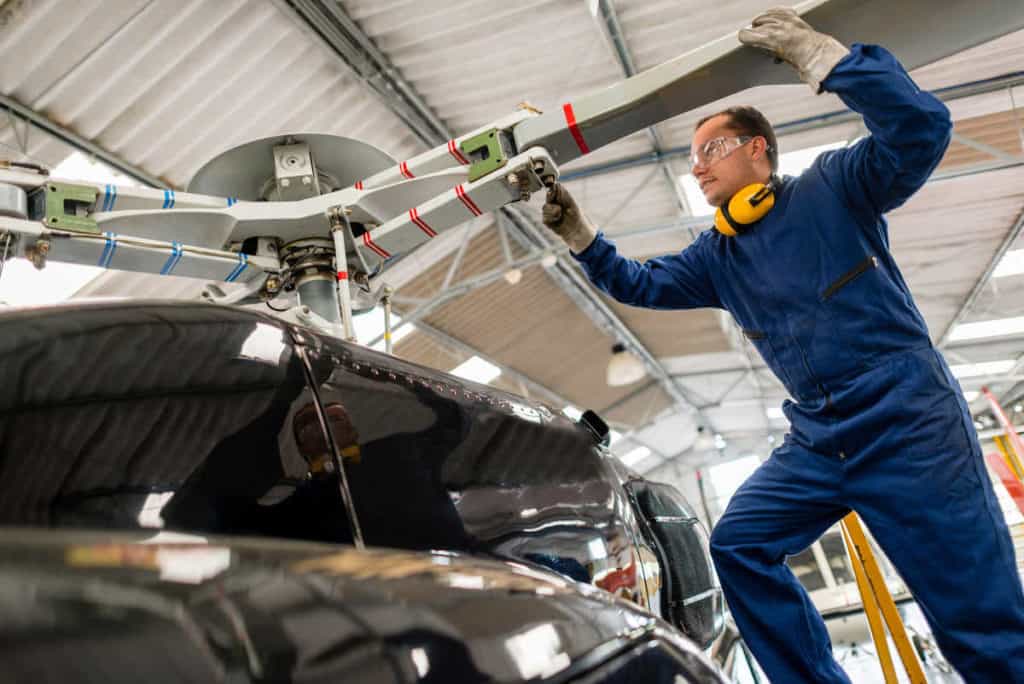
Nevertheless, over the previous ten years, the region had the highest number of PPI transactions by country and project. In Kenya, there are now 45 PPP projects under construction or in operation, six of which consist of 639 km of highways operated under toll and annuity programs.
3,034 megawatts of extra projects total installed capacity for generating energy. In order to prevent corruption at toll booths, road tolls were initially established in the country in the late 1980s, but they were removed in the middle of the 1990s in favor of the Roads Maintenance Levy. At the moment, the fee costs drivers Sh18 per liter for both gasoline and diesel.
The lender notes that 30 projects worth $4.7 billion (Sh639.2 billion) in investment pledges were made to the world’s 18 poorest countries, 18 of which are IDA members, during the time under consideration.
“This represents more than a 26%t increase in investment levels compared to 2021, but it also represents a 22%t lower investment level than the past five-year average of $6.1 billion (Sh829.6 billion),” the international lender said in a statement.
The world’s poorest developing countries can get grants and low-interest loans from the World Bank’s International Development Association (IDA).
Up until 2022, the transportation sector’s recovery outpaced that of other sectors in developing nations. Transportation accounted for roughly 68% of all 2022 PPI spending with 85 projects totaling $66.2 billion (Sh9 trillion) in PPI investment.








